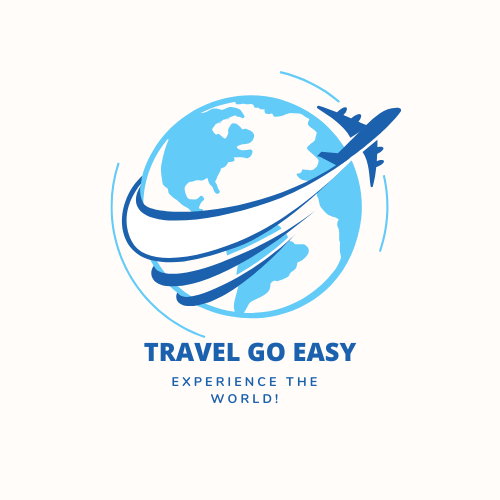Physical Address
304 North Cardinal St.
Dorchester Center, MA 02124
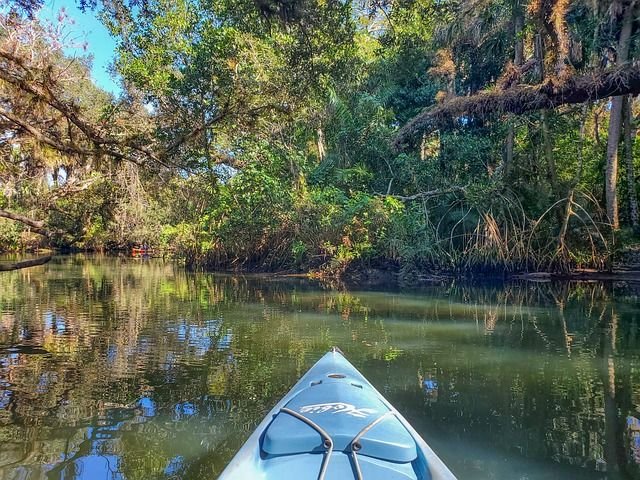
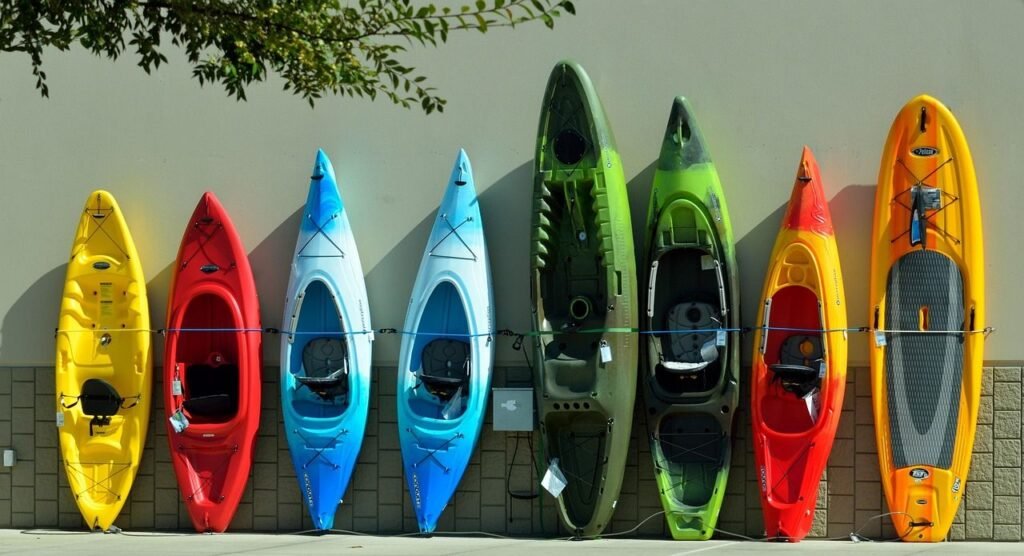
Solo Kayaking Adventures in European Rivers
Discover hidden waterways, conquer gentle rapids, and find your secret paradise through Europe’s most spectacular river systems in this ultimate guide to solo paddling adventures.
• Why Choose Solo Kayaking Adventures in Europe • Essential Gear for Your Solo Paddling Journey • Top European Rivers for Solo Kayaking • How to Start Your Solo Kayaking Adventure • Safety Tips for Independent River Exploration • Best Times to Paddle European Waters • Planning Your Solo River Adventure • Budget-Friendly Solo Kayaking Tips
Are you ready to escape the crowds and discover Europe’s most breathtaking waterways at your own pace? Solo kayaking adventures through European rivers offer an unparalleled opportunity to connect with nature, challenge yourself, and uncover hidden gems that group tours simply can’t reach.
Picture this: you’re gliding silently down the emerald waters of the Loire Valley, medieval castles emerging from morning mist while herons take flight ahead of your paddle. The only sounds are the gentle lapping of water against your kayak and the distant church bells echoing across ancient stone villages. This is the magic of solo river kayaking in Europe—a journey that transforms both the landscape around you and something profound within.
Solo paddling grants you complete control over your adventure. Want to spend an extra hour photographing that perfect reflection of Château de Chenonceau? Done. Fancy pulling ashore to explore a village market that wasn’t on any itinerary? Your choice entirely. This flexibility becomes your greatest asset when discovering Europe’s diverse river systems.
The continent’s waterways offer something truly special—rivers that have witnessed thousands of years of history, from Roman settlements to medieval trade routes. When you paddle alone, you become part of this continuing story, creating your own chapter in these ancient narratives.
Solo kayaking strips away distractions and amplifies your connection with the natural world. You’ll notice things that escape group paddlers: the way sunlight filters through riverside willows, the curious kingfisher that follows you for miles, or the ancient stone bridges that seem to appear from nowhere around each bend.
European rivers maintain remarkable biodiversity. The Dordogne River system alone supports over 50 fish species, while the pristine waters of Slovenia’s Soča River provide habitat for the endangered marble trout. When you’re paddling solo, these encounters become intensely personal and unforgettable.
Personal Flotation Device (PFD): Your lifeline on the water. Choose a comfortable, properly fitted PFD that won’t restrict your paddling motion. European regulations vary by country, but a good rule is selecting a PFD rated for at least 50 newtons of buoyancy.
Emergency Communication: A waterproof VHF radio or satellite communicator becomes crucial when paddling alone. Many European river systems have cellular coverage, but remote sections of the Austrian Alps or Norwegian fjords require backup communication methods.
First Aid Kit: Pack a compact, waterproof first aid kit with essentials for cuts, sprains, and hypothermia treatment. Include emergency thermal blankets—European river temperatures can drop dramatically, even in summer.
Waterproof Maps and GPS: Digital devices fail, batteries die, but waterproof topographic maps remain reliable. Supplement with a GPS unit loaded with European waterway data. Many rivers have specific navigational challenges—weirs, low bridges, or seasonal restrictions that only detailed maps reveal.
Weather Radio: European weather changes rapidly, especially in mountainous regions. A weather radio helps you avoid dangerous conditions and plan optimal paddling windows.
Dry Bags: Multiple sizes ensure your gear stays dry. Pack essentials in smaller bags within larger ones—the nested approach provides redundancy if one fails.
Backup Paddle: Essential for solo paddlers. Choose a breakdown paddle that stores easily but assembles quickly. Quality models use aluminum or carbon fiber construction for reliability.
Camping Equipment (for multi-day trips): Lightweight, compact gear becomes critical when space is premium. European campgrounds often provide excellent facilities, but wild camping regulations vary significantly between countries.
The Loire River system offers over 1,000 kilometers of paddleable waterways, making it Europe’s ultimate playground for solo kayakers. This UNESCO World Heritage region combines gentle currents with spectacular scenery.

France The Loire Valley -An ideal destination in Europe for solo paddlers
Best Section for Beginners: Blois to Chaumont-sur-Loire (25 kilometers) Difficulty: Easy to moderate Season: April through October Highlights: Renaissance châteaux, wildlife reserves, charming river towns
The Loire’s magic lies in its perfect balance of culture and nature. You’ll paddle past Château de Chambord’s fairy-tale spires, then drift through protected wetlands where great white egrets nest. Local kayak rental companies like Loire Kayak provide excellent equipment and shuttle services, allowing you to focus purely on the paddling experience.
What makes the Loire exceptional for solo adventures is its forgiving nature. The current moves steadily but gently, giving beginners confidence while offering enough variety to keep experienced paddlers engaged. Shallow sections alternate with deeper pools, creating diverse paddling conditions within single-day trips.
Slovenia’s Soča River earns its reputation as one of Europe’s most beautiful waterways. The distinctive emerald-green water results from limestone bedrock that filters and colors the flow, creating an almost supernatural paddling environment.
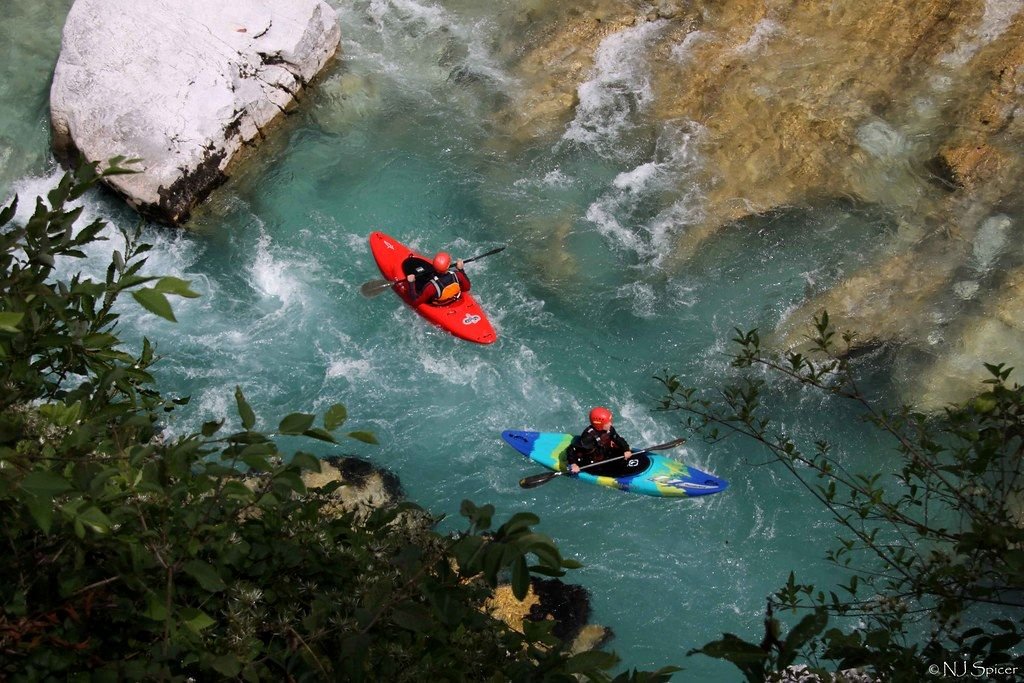
One of the most beautiful waterways in Europe
Best Section for Solo Paddlers: Bovec to Kobarid (12 kilometers) Difficulty: Moderate to challenging Season: May through September Highlights: Alpine scenery, crystal-clear water, World War I historical sites
The Soča demands respect but rewards careful paddlers with unmatched beauty. Water temperatures rarely exceed 15°C (59°F) even in summer, so proper thermal protection becomes essential. However, the effort pays dividends—you’ll paddle through landscapes that inspired Ernest Hemingway’s “A Farewell to Arms.”
Solo paddlers particularly appreciate the Soča’s consistent water levels. Dam releases provide reliable flow throughout the season, eliminating guesswork about paddling conditions. The river’s clarity allows you to see trout swimming beneath your kayak, creating an almost aquarium-like experience.
Austria’s Salza River system provides one of Europe’s premier kayaking experiences for intermediate paddlers. This pristine Alpine river flows through the Gesäuse National Park, offering wilderness paddling just hours from major European cities.

Austria- Salza River premier kayaking experiences for intermediate paddlers
Best Section: Wildalpen to Weichselboden (15 kilometers) Difficulty: Intermediate Season: May through September Highlights: Dramatic limestone cliffs, pristine wilderness, excellent water quality
The Salza’s appeal lies in its wild character. Unlike many European rivers altered by dams or development, the Salza maintains its natural flow patterns and ecosystem. You’ll encounter Class II-III rapids that provide excitement without overwhelming solo paddlers.
What sets the Salza apart is its incredible water clarity—you can see the riverbed even in deep sections. This pristine condition results from strict environmental protections and limited development in the watershed. For solo paddlers seeking authentic wilderness experiences, few European rivers compare.
Germany’s Isar River offers a unique combination of urban accessibility and natural beauty. The river flows directly through Munich, then meanders through Bavarian countryside, providing diverse paddling experiences within a single river system.

Germany: Isar River
Best Section for Beginners: Wolfratshausen to Munich (25 kilometers) Difficulty: Easy to moderate Season: April through October Highlights: Alpine foothills, Bavarian culture, excellent infrastructure
The Isar’s genius lies in its accessibility. You can start your paddle in pristine Alpine foothills, then finish in one of Europe’s great cities. This combination makes it perfect for solo travelers who want wilderness experiences without sacrificing urban amenities.
Munich’s English Garden includes river access points, allowing you to combine city exploration with paddling adventures. The contrast between natural riverbanks and urban development creates fascinating paddling experiences unique to the Isar system.
The Dordogne River winds through some of France’s most historic regions, passing medieval castles, prehistoric caves, and villages that seem frozen in time. For solo paddlers interested in cultural immersion, few rivers offer richer experiences.
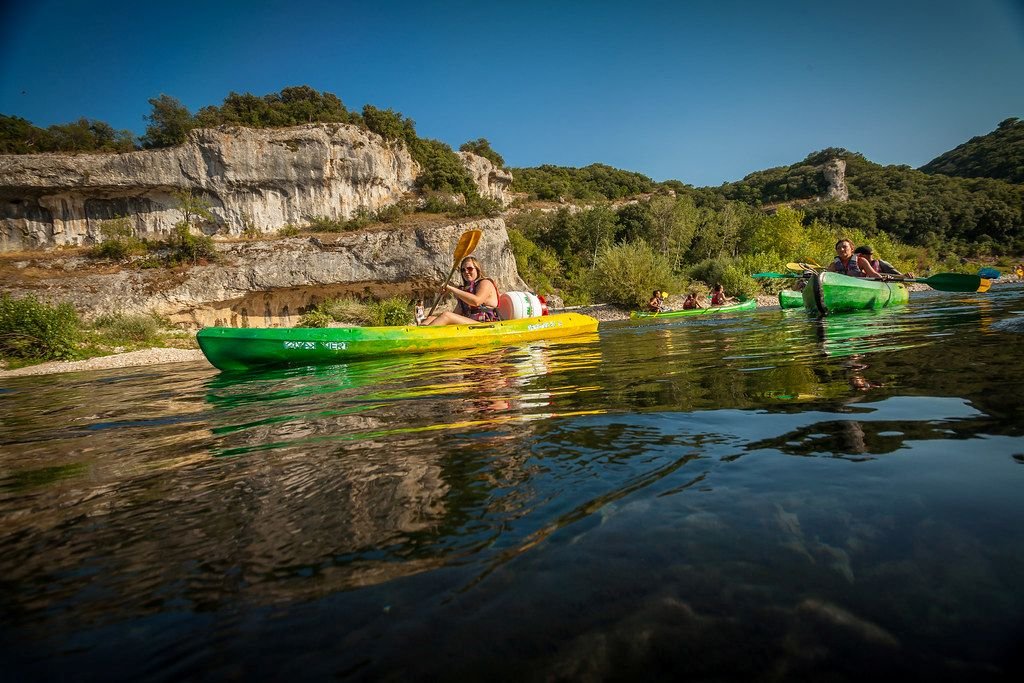
The Dordogne River winds through some of France’s most historic regions
Best Section: Cénac to Beynac (20 kilometers) Difficulty: Easy Season: March through November Highlights: Medieval castles, prehistoric sites, renowned cuisine
The Dordogne’s gentle current makes it ideal for contemplative solo paddling. You’ll drift past clifftop châteaux while great blue herons fish in shallow riffles. The river’s cultural richness becomes particularly apparent when paddling alone—you have time to absorb the historical significance of each bend.
What makes the Dordogne special is its perfect integration of natural beauty and human history. Medieval builders chose these locations for strategic reasons, creating defensive positions that also happen to be spectacularly beautiful. Solo paddlers can appreciate both the tactical genius and aesthetic appeal of these ancient sites.
Start with Guided Experiences: Even experienced outdoor enthusiasts benefit from local guidance when exploring new river systems. European kayaking schools like Austria’s Rafting.at or Slovenia’s Kayak Zone offer excellent beginner programs that emphasize safety and technique.
Practice Essential Skills: Before attempting solo adventures, master these fundamental techniques: • Self-rescue and re-entry: Critical for solo paddlers • Reading water conditions: Understanding current, obstacles, and safe passages • Weather assessment: Recognizing dangerous conditions before launching • Emergency procedures: What to do when things go wrong
Progress Systematically: Begin with day trips on familiar waters, then gradually extend to overnight adventures and more challenging rivers. European river systems offer perfect progression opportunities—you can start on gentle sections and work toward more demanding water as skills develop.
Permits and Licenses: Requirements vary significantly between countries. Slovenia requires specific permits for Soča River access, while France generally allows free navigation on public waterways. Research requirements thoroughly before traveling.
Seasonal Restrictions: Many European rivers have seasonal closures protecting wildlife breeding or during dangerous flood conditions. The Ardèche in France, for example, may restrict access during spring high water.
Environmental Regulations: Most European countries maintain strict environmental protection standards. Understanding Leave No Trace principles becomes essential, particularly in protected areas like Austria’s national parks or France’s regional nature reserves.
Language Preparation: Basic phrases in local languages enhance safety and enjoyment. Emergency terms become particularly important when paddling alone in foreign countries.
Local Customs: River access traditions vary between regions. What’s acceptable in one country may be inappropriate elsewhere. Researching local customs prevents conflicts and enriches cultural experiences.
Emergency Contacts: Compile comprehensive emergency contact lists including local rescue services, medical facilities, and emergency phone numbers. European emergency services respond to 112 from any EU country, but knowing local numbers provides additional options.
File a Float Plan: Always inform someone about your planned route, expected return time, and emergency contacts. Provide detailed information including put-in and take-out locations, planned stops, and backup plans.
Weather Monitoring: European weather patterns change rapidly, particularly in mountainous regions. Monitor forecasts from multiple sources and have contingency plans for sudden weather changes.
Route Assessment: Study your planned route thoroughly using multiple information sources—topographic maps, local guides, online forums, and recent trip reports. Pay particular attention to hazards, portage requirements, and escape routes.
Constant Vigilance: Solo paddlers must maintain heightened awareness at all times. Regular safety checks—equipment condition, weather changes, physical condition—become routine habits that prevent emergencies.
Conservative Decision Making: When in doubt, don’t proceed. Solo paddlers lack the safety net of companions, making conservative decisions crucial. It’s better to portage around uncertain obstacles than risk injury far from help.
Emergency Preparedness: Carry comprehensive emergency equipment and know how to use everything. Practice emergency procedures regularly—skills deteriorate without use, and emergencies aren’t times for learning.
Regular Check-ins: Establish communication schedules with emergency contacts. Modern satellite communicators allow regular updates even from remote European rivers.
Emergency Signals: Learn international distress signals and carry appropriate signaling devices. Visual signals (mirrors, bright clothing), audio signals (whistles), and electronic signals (GPS beacons) provide multiple communication options.
Local Emergency Procedures: Research emergency response systems for each region you’ll paddle. Understanding how rescue services operate in different countries speeds response times during emergencies.
Spring (March-May): European rivers reach optimal levels as snowmelt begins. Water temperatures remain cold, requiring thermal protection, but flows are reliable and crowds are minimal. This season offers excellent conditions for experienced solo paddlers seeking solitude.
Summer (June-August): Peak season brings warm weather, comfortable water temperatures, and reliable conditions. However, popular rivers become crowded, and some southern European rivers may run low. Book accommodations well in advance during summer months.
Autumn (September-November): Often the best season for solo paddling. Crowds disappear, weather remains pleasant, and fall colors create spectacular scenery. Water levels may be lower but conditions remain excellent for most European rivers.
Winter (December-February): Limited to warmer southern regions or experienced cold-water paddlers. Some Mediterranean rivers maintain paddleable conditions, but reduced daylight and unpredictable weather require careful planning.
Northern Europe: Shorter seasons but excellent conditions May through September. Midnight sun in Scandinavia creates unique paddling opportunities for summer visitors.
Alpine Regions: Snow-fed rivers provide consistent flows but cold water temperatures. Peak season runs June through August with optimal conditions in July.
Mediterranean Regions: Longer seasons with paddleable conditions March through November. Summer heat can be intense, making early morning or evening paddling preferable.
Riverside Camping: Many European rivers offer excellent camping opportunities. Research wild camping regulations—they vary significantly between countries. France allows wild camping in many areas, while Germany restricts it more heavily.
Village-to-Village Paddling: Plan routes connecting charming riverside villages. This approach provides comfortable accommodations, local dining experiences, and cultural immersion opportunities.
Hostel Networks: European hostel systems often provide budget-friendly accommodations near popular rivers. Many hostels cater specifically to outdoor enthusiasts and offer equipment storage and drying facilities.
Shuttle Services: Many European river outfitters provide shuttle services for independent paddlers. This eliminates complex transportation logistics and allows you to focus on paddling.
Public Transportation: Europe’s excellent public transportation systems often serve popular river regions. Train stations frequently locate near put-in or take-out points, simplifying logistics for solo travelers.
Rental Cars: Provide maximum flexibility for reaching remote put-ins and exploring multiple rivers during single trips. Consider roof rack requirements for kayak transport when booking rental vehicles.
Rental vs. Personal Gear: European kayak rental companies provide excellent equipment, eliminating transportation hassles. However, personal gear offers better fit and familiarity. Consider hybrid approaches—rent boats but bring personal safety gear.
Specialty Equipment: Some European rivers require specialized equipment. The Soča’s cold water demands quality thermal protection, while Mediterranean rivers may need sun protection and extra water storage.
Maintenance Support: Research equipment repair and replacement options along your planned routes. European outdoor retailers generally provide excellent service, but remote areas may have limited options.
Off-Season Travel: Shoulder seasons offer significant savings on accommodations and transportation while providing excellent paddling conditions. April-May and September-October often provide the best value for European river trips.
Regional Passes: Many European regions offer tourist passes including transportation, accommodations, and activity discounts. Research options for your planned destinations—savings can be substantial.
Local Food Markets: Shopping at local markets rather than restaurants dramatically reduces food costs while providing authentic cultural experiences. Many riverside villages maintain traditional markets with fresh, affordable ingredients.
Quality Rental Programs: European outfitters often provide high-quality rental equipment at reasonable rates. This eliminates transportation costs and allows trying different kayak styles and brands.
Shared Shuttle Services: Many outfitters organize shared shuttle services for independent paddlers. Splitting costs with other paddlers significantly reduces transportation expenses.
Group Discounts: Even solo travelers can benefit from group rates by coordinating with other independent paddlers. Online forums and social media groups help connect like-minded adventurers.
Q: Do I need permits to kayak on European rivers? A: Permit requirements vary by country and river. Slovenia requires specific permits for rivers like the Soča, while France generally allows free navigation on public waterways. Always research local regulations before your trip.
Q: What’s the best time of year for solo kayaking in Europe? A: May through September offers optimal conditions across most of Europe. Spring provides high water levels and fewer crowds, while late summer offers warm weather and stable conditions.
Q: How do I handle language barriers while solo paddling in Europe? A: Learn basic emergency phrases in local languages and carry translation apps on waterproof devices. Most European outdoor professionals speak some English, particularly in popular paddling regions.
Q: What safety equipment is essential for solo kayaking? A: Essential items include a properly fitted PFD, backup paddle, first aid kit, waterproof communication device, emergency shelter, and signaling equipment. Consider water temperature when selecting thermal protection.
Q: Can beginners attempt solo kayaking adventures in Europe? A: Beginners should gain experience through guided trips and local instruction before attempting solo adventures. Start with gentle rivers like the Loire or Dordogne before progressing to more challenging waters.
Ready to Begin Your Solo Kayaking Adventure?
Europe’s rivers await your paddle. Whether you’re drawn to the château-lined Loire, the emerald waters of the Soča, or the alpine splendor of the Salza, your perfect solo kayaking adventure is just a planning session away. Start with gentle waters, build your skills progressively, and always prioritize safety over ambition.
Which European river calls to your adventurous spirit? Share your paddling dreams and experiences in the comments below,your insights might inspire the next solo kayaking adventure!
This article is exclusive content for travelgoeasy.net. All content is protected by copyright and unauthorized reproduction or use is strictly prohibited. For the latest travel deals on flights, accommodations, and transfers to Europe’s premier kayaking destinations, visit our booking platform.
Europe’s rivers await your paddle. Whether you’re drawn to the château-lined Loire, the emerald waters of the Soča, or the alpine splendor of the Salza, your perfect solo kayaking adventure is just a planning session away. Start with gentle waters, build your skills progressively, and always prioritize safety over ambition.
